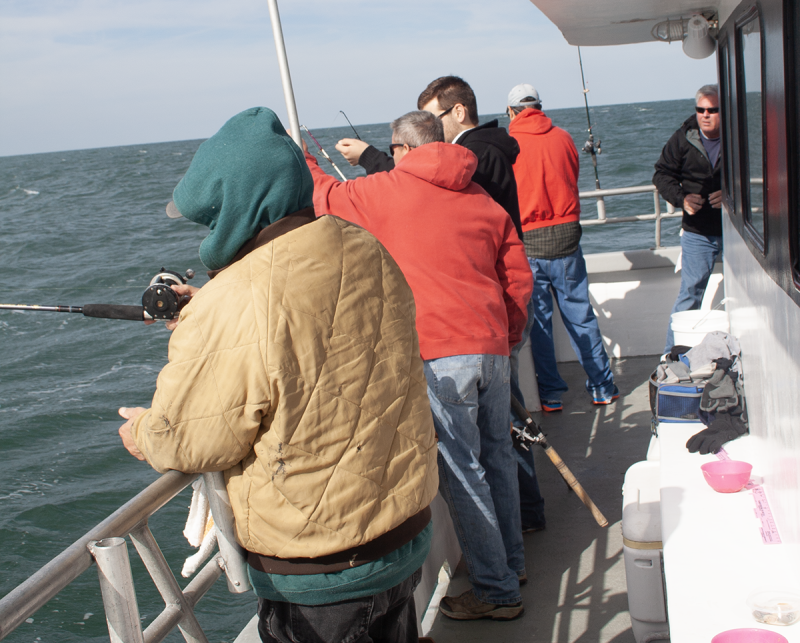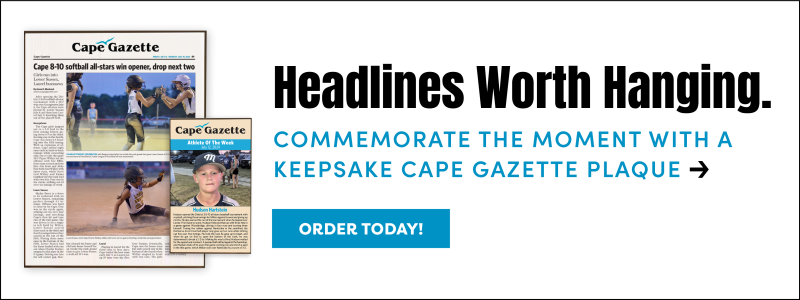Back to the basics: knots, hooks and tackle
Over the years, I have seen some very interesting and inventive knots. Most of them were on rigs I dredged up from the deep or cranked in from the surf. No matter how many times you tie and overhand a granny knot, it is still an overhand granny knot. I have seen eight or 10 of these one on top of the other. At other times, I have seen things I can’t identify. The good things about these rescued rigs is I was able to salvage the sinkers. As for the hooks, we will get to those a bit later.
The improved clinch knot is all you need to attach the end of your line to a rig or lure. Sure, there are other knots that you can use, but the improved clinch knot is all you need. I entered improved clinch knot into Google and got 11 responses, so you can learn how to tie it without leaving your desk or having to put down your phone.
Back at the dawn of time, when I fished the jetty at night and using any type of light was considered a capital offense, I could tie the improved clinch knot in the dark with wet hands. Today, with trembling hands, I can still tie this knot.
There are some very good fishermen who use a loop knot when attaching a lure to their line. If I want to give a lure more action, I will use Crazy Alburto Knie’s tactical angler clip. The thing looks like a paper clip with the ends bent in, and it works so much better than regular clips. It comes on and off with ease, and guess what? You can tie it to your line with an improved clinch knot.
In today’s world, with braid used on many fishing outfits, you may want to add a shock leader if you will be fishing over rough bottom. Braid has many good qualities, but abrasion resistance is not one of them.
I use fluorocarbon leader from the end of the braid to the terminal rig. There are several knots that will join the braid to the fluorocarbon. I use the Albright knot; my son Ric uses the slim beauty. Alburto has also invented a knot that is similar to the Albright. All of these knots are available on Google. Pick the one you like and learn how to tie it. A word of warning: be careful when cutting the tag ends. It is easy to confuse the running lines with the tag ends, and then you have to start all over again. Or at least it was for me.
Hooks
On some of the rigs I have pulled from the surf were hooks more suitable for Jaws than the usual spot, croaker and kings we normally catch from Delaware beaches. So you say, maybe the person was shark fishing. I would hope not, with the light line that was attached to the oversized hook.
I use circle hooks for almost everything except tog. I will use long-shanked hooks in the surf if kings are around.
Just make sure the hooks you use are the right size for the fish that are available. If you are fishing on Delaware Bay reef sites where croaker rule, don’t be using big hooks. On the other hand, when drifting the Old Grounds with live spot or similar bait looking for keeper flounder, make sure the hook you are using will hold the fish you are after.
Tackle
The tackle you use must be appropriate for the task at hand.
Most of you know I fish on head boats. There will always be at least one or two people on any trip who come with tackle better suited for a freshwater trout stream than a 100- to 120-foot-deep ocean with a solid tidal current that takes 8 to 10 ounces of lead to hold bottom. And they always sit next to me!
They tie on their 3-ounce sinker and a rig they bought at Walmart, and as soon as it hits the water, the current carries the thing into everybody’s lines, and the mates who are standing close by get to work. Don’t be like those guys.
If you are going to fish on a head boat or with friends on a private boat, make sure you have the proper tackle. Now we are talking about bottom fishing for sea bass, flounder, triggerfish, sheepshead and croaker. If it is an offshore trip for tuna, dolphin and marlin, you must assume the boat will have the tackle.
I would go with a conventional setup that can handle 10 ounces of weight. Fill the reel with 30- to 40-pound braid and use 40-pound fluorocarbon shock leader. Now go catch ‘em up!

























































